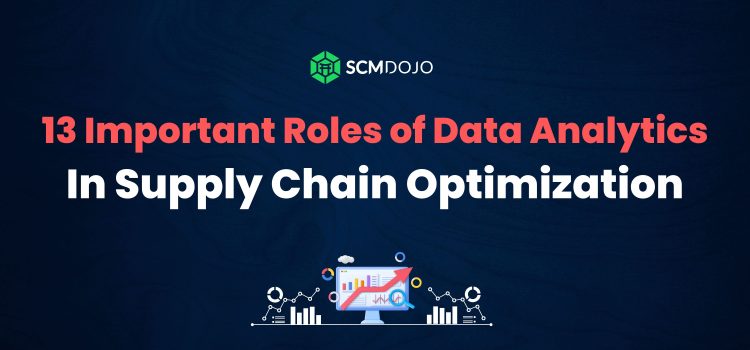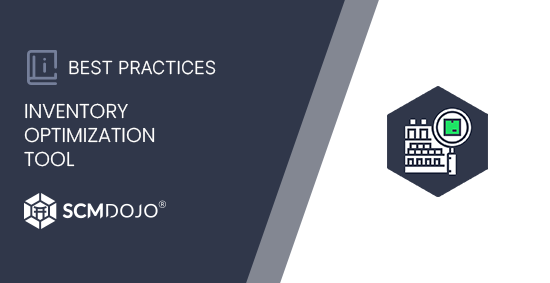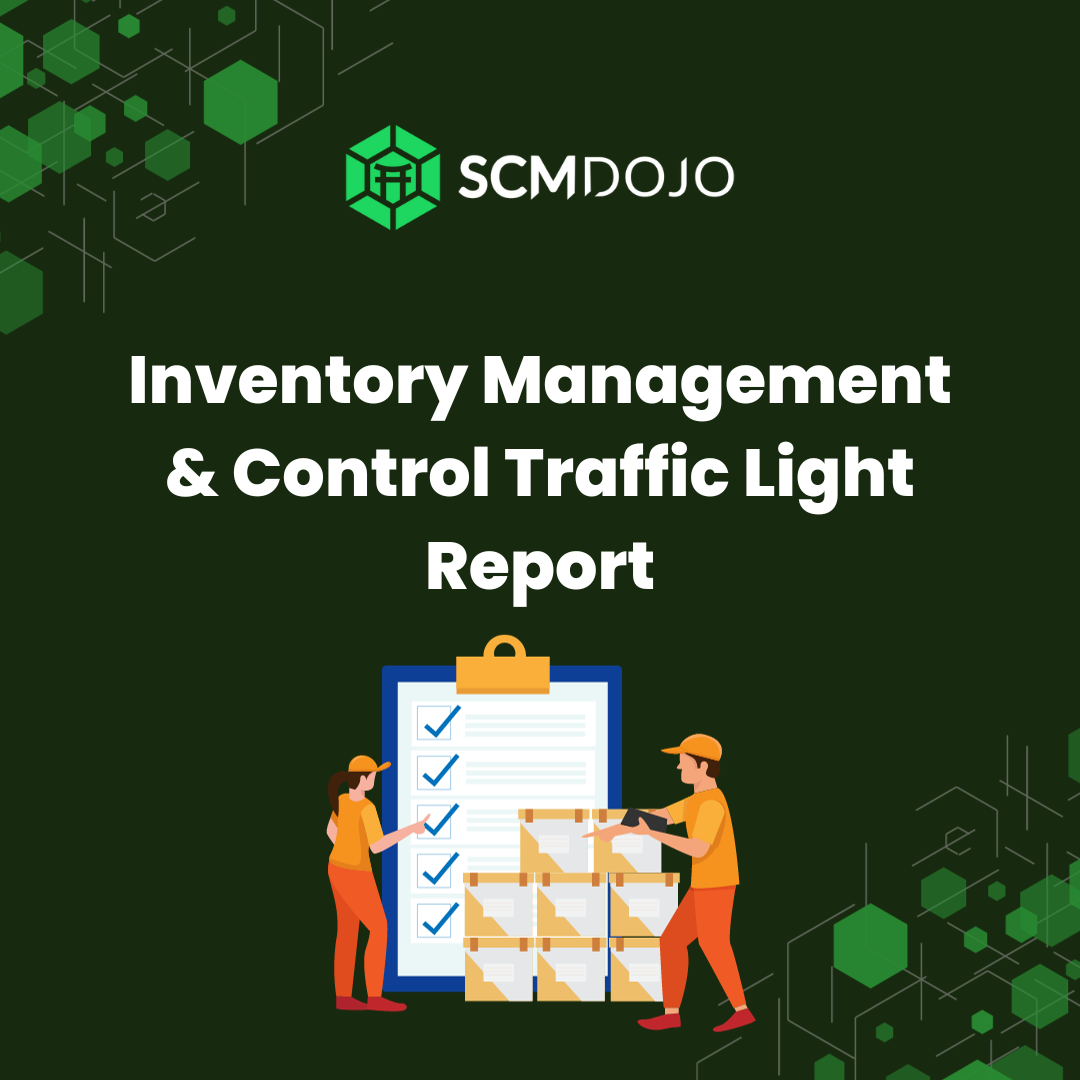Business is fast-paced and competitive in the modern world; the market is also saturated. For businesses to succeed, supply chain optimization is essential to succeed. It helps reduce costs, increases efficiency, and can enhance customer satisfaction. Supply chain optimization can achieve this with the help of data analytics.
Data analytics helps businesses make data-driven decisions and initiatives. They can understand their supply chain operations with more precision. How does data analytics help supply chain optimization? Why is it crucial? Let’s explore the roles which data analytics play in this process.
Demand Forecasting & Planning
Understanding data analytics is relevant as we continue to herald in the nouveau era of tech-powered automation and optimization. Data analytics, among more modern topics, require extensive research to reach enlightenment on the topic. You can send a ‘do my essay’ request on Studyfy today to hire help with complex topics such as this one. Moving along, data analytics helps with effective demand forecasting and planning. Both of which are crucial components for an optimized supply chain.
Data analytics enables businesses to do the following to make precise demand forecasts:
- Analyze market trends
- Analyze historical sales data
- Analyze customer behaviour
Businesses can generate reliable demand forecasts when they leverage advanced statistical models and machine learning algorithms. This helps them optimize inventory levels and avoid overstocking or understocking.
This has proven to improve cash flow since businesses avoid extra costs by excess inventory supply, and they also avoid not having enough products on hand. By having an optimized supply chain, they help keep their customers satisfied.
SCMDOJO has developed a Demand Forecasting Methods – The Ultimate Guide to help you get started.
Planning
Data analytics also plays a role in helping businesses proactively plan for promotional campaigns and peak periods. It does this by identifying seasonal trends and demand patterns. When businesses align production and procurement schedules with demand, they optimize their supply chain processes.
They can avoid bottlenecks and inventory shortages. This brings us to our next point.
Inventory Optimization
As we’ve already stated, an optimized inventory is crucial to balancing costs and keeping customers satisfied. Data analytics plays a central role in inventory optimization. It provides real-time visibility into stock levels, lead times, and demand patterns.
Businesses can make precise forecast demand, identify obsolete inventory, and can use data analytics to make smart decisions about stock allocation and replenishment. What’s more, data analytics can help businesses implement ‘just-in-time’ (JIT) inventory management.
What is JIT inventory management? It’s the ability to replenish inventory precisely when replenishment is needed. This strategy reduces carrying costs, minimizes the risk of stockouts, and can improve cash flow— all thanks to data analytics. Profits can increase by achieving a balance between cost-effectiveness and inventory availability.
SCMDOJO’s Inventory Optimization Tool will save you 30 hrs of time if you do it yourself to get all the proper recommendations. Download from the below link.
Continuous Improvement & Risk Management
Analytics helps make continuous improvement easier by providing businesses with data-driven insights. These insights can help identify bottlenecks, areas that need optimization and can detect inefficiencies in the supply chain.
By analyzing supply chain data, businesses can detect anomalies, potential risks, and deviations from their standard operating procedures. By doing this, they can make corrections fastly which will help avoid costly disruptions and improve supply chain resilience.
Risk Management
Businesses can use data analytics to develop contingency plans and make informed decisions to mitigate disruptions. They can simulate scenarios and perform theoretical analyses that assess the potential impact of demand changes, supplier performance, and market conditions.
Supply Network Optimization
Data analytics helps provide valuable insights into different suppliers, which helps manage processes with different suppliers, warehouses, and transportation routes. They can provide insights into suppliers’ performances, delivery reliability, and quality standards. By using this data, businesses can make smart decisions about who they work with.
They can also negotiate better contracts, identify collaboration opportunities, and so on. They can reduce delivery lead times, minimize transportation costs, and optimize transportation routes. This can be done by analyzing data on weather conditions, historical shipping data, and traffic patterns.
Data-driven insights can help enhance overall supply chain performance. Reduces costs, improved customer service levels, and more can be achieved through the right use of data analytics.
Supplier Performance Evaluation & Collaboration
Let’s expand on this point that we’ve mentioned just now. Analytics helps businesses assess and evaluate the performance of suppliers they work with. When they analyze data on product quality, delivery times, and compliance with contracts, they can identify underperforming suppliers and make an informed decision on who to work with.
Data-driven insights can help establish key performance indicators (KPIs) and help foster collaborative relationships with suppliers, leading to improved performance. This will benefit the entire supply chain. This can also enhance product quality and even reduce lead times.
Real-Time Tracking & Visibility
Another role data analytics plays in supply chain optimization is real-time tracking and visibility across the whole supply chain. By using Internet of Things (IoT) devices, sensors, and RFID tags, businesses can gather and perform data analysis on location, condition, and so on.
Real-time data showcases information on potential bottlenecks, order fulfillment status, and on shipment delays. This information can help businesses reroute shipments, address issues promptly, and provide precise delivery estimates to their customers.
Quality Control & Compliance Monitoring
Businesses use data insights to maintain quality and monitor industry regulations and standards compliance. By leveraging data from quality control processes, businesses can hope to identify trends, spot defects, and detect patterns. This will enable them to apply corrective initiatives if necessary. It also helps them reduce the risk of sending defective products to their customers.
Compliance Monitoring
Data Analytics also helps monitor compliance with requirements. It can also help track adherence to ethical and sustainable practices throughout the supply chain. By doing so, businesses can protect their brand reputation and customer trust and avoid using unethical means or products that destroy the planet.
Risk Analysis & Mitigation
Risk management can be vastly improved by using data insights. Proper use of data analytics can strengthen supply chain resilience by reducing the negative impact of disruptions and ultimately improving business continuity.
Businesses can analyze market trends, historical data, geopolitical events, and natural disasters. By taking all of these into account, they can recognize potential threats and develop risk management strategies that protect the business from all sorts of hypothetical but very possible scenarios.
Predictive Maintenance & Asset Optimization
Data analytics helps businesses use predictive maintenance strategies. Predictive maintenance can help optimize the performance and even the lifespan of machinery, vehicles, and equipment. They do this by collecting and analyzing data on asset health, maintenance history, and usage patterns. And by doing so, they can identify potential failures before they even occur.
Cost Optimization & Spend Analysis
Data analytics can help analyze spending patterns throughout a business’s supply chain. Data-driven insights can also help detect opportunities for cost optimization. Businesses use data on logistics and operational expenses to detect inefficiencies, negotiate better pricing with suppliers, and potentially reduce overall costs.
Sustainability & Environmental Impact
As we’ve briefly mentioned, data insights can be used beyond making profits. Businesses can use data analytics to improve sustainable practices by analyzing data on the business’ carbon emissions, waste generation, and energy consumption. They can also use what they’ve collected from these areas to integrate non-existent sustainable initiatives.
Data insights can also empower businesses to practice environmentally mindful supply chain operations. They can do this by leveraging data they gather on greenhouse gas emissions and water usage and tracking all sustainability metrics.
I strongly recommend taking course from Paul Denneman on Supply Chain Sustainability.
Customer Experience & Personalization
And, of course, data insights can help provide personalized offers to customers. Personalization is a big hit in the modern era and has been proven to drive up potential profit. If businesses take the time to analyze purchasing behaviour, preferences, customer feedback, and data, they can easily tailor their supply chain operations to meet the customer’s genuine needs.
Collaboration & Data Sharing
We’ve already mentioned that data analytics can streamline communications and collaborative efforts between suppliers and businesses, but they can do more than that. Data insights can streamline collaboration and data sharing with suppliers, logistic partners, and customers.
They can establish secure data-sharing platforms wherein people can share insights and data. This can potentially enhance transparency, better coordination, streamline processes, helps recognize synergies, and benefit all parties involved.
Final Thoughts
We hope this has clarified the relevance of data analytics in modern business operations. Supply chain operations have been revolutionized thanks to tech and the precision and capabilities of data analytics. Data-driven decisions elevate a business’s operations to a new level, optimizing and reducing failure at multiple points.
Data analytics can analyze vast amounts of data, a feat that once was impossible is now the engine of Supply Chain Optimization.
We’ve learned that businesses can reduce inventory disruptions and costs, improve customer satisfaction, use predictive analytics to forecast demand, and even streamline data sharing with external parties. We can see that data analytics is a key figure in the operations of a modern-day business; without it, they would be crushed by data-optimized competition.






